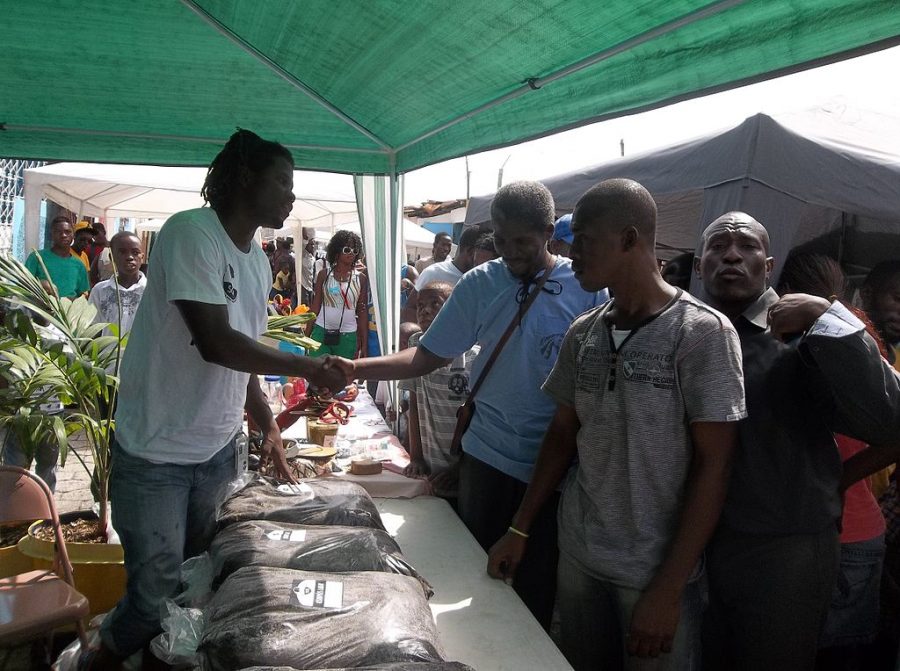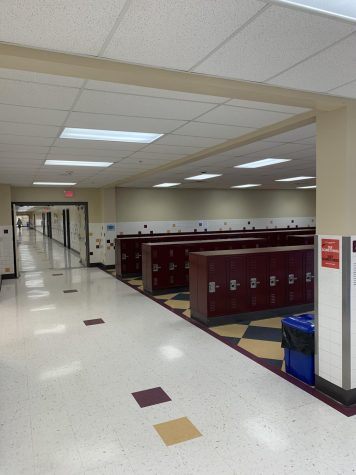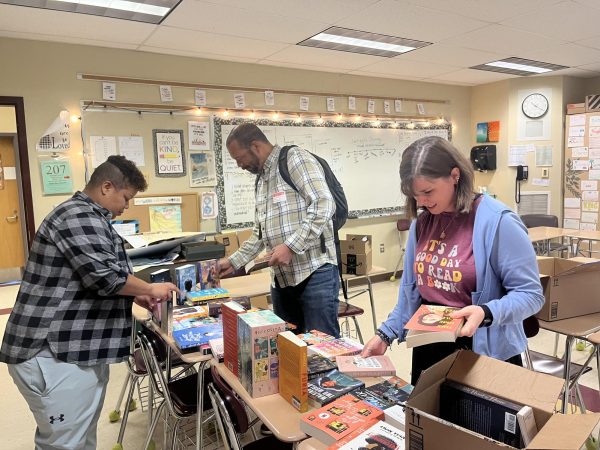Feast or Famine
Food is all around us, everywhere we go. Our culture is wrapped around good tasting dishes and treats, and it’s fair to say that in many cases, food is what brings us together. Although it may seem like we’re constantly eating and drinking, the average American spends only an hour and eight minutes per day consuming food.
It’s easy for us to take the food we have in our pantries and refrigerators for granted. Even grocery shopping is overlooked as just another errand that has to be done regularly. It’s safe to say that obtaining food is easy, we have hundreds of stores and vendors around us. The United States is very efficient when it comes to farming and producing foods for society. The U.S also imports many items from other countries to satisfy consumers needs.
But how are these developed countries obtaining their food? What makes their food supplies less efficient than striving countries like the United States? Countries like Haiti are considered third world countries. They don’t have the resources they need to be a powerful country like the US. Most importantly, they don’t have stable amounts of food. They have to rely on farming and growing their own crops, even though farming conditions in those countries are usually poor. Developed Countries don’t have heavy machinery to mass produce crops, so their days are spent tending the crop fields.
Big industry grocery stores like Shaws and Hannaford are non existent in less developed countries. However, small markets are sprouted across small villages. These poor countries heavily rely on rice and fish. There isn’t much else. In some cases, food is so scarce that they have to rely on eating dirt. It’s very sad, but makes people in developed countries realize how fortunate they are.










